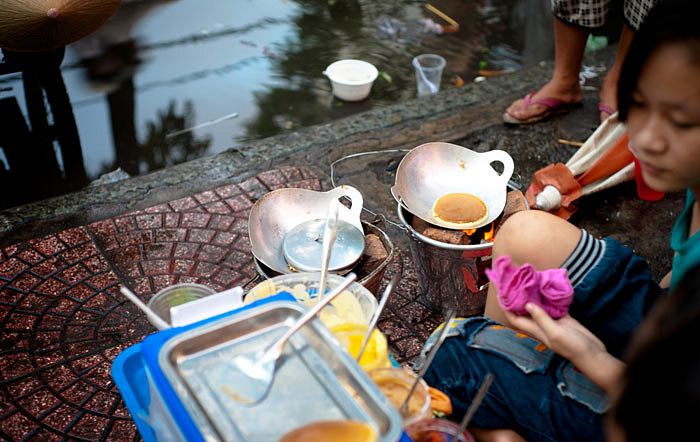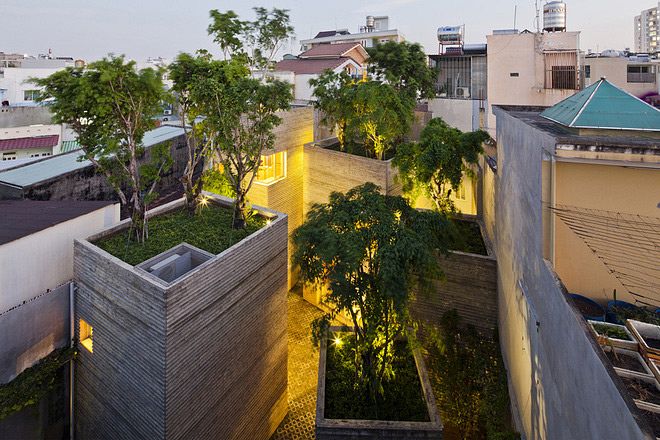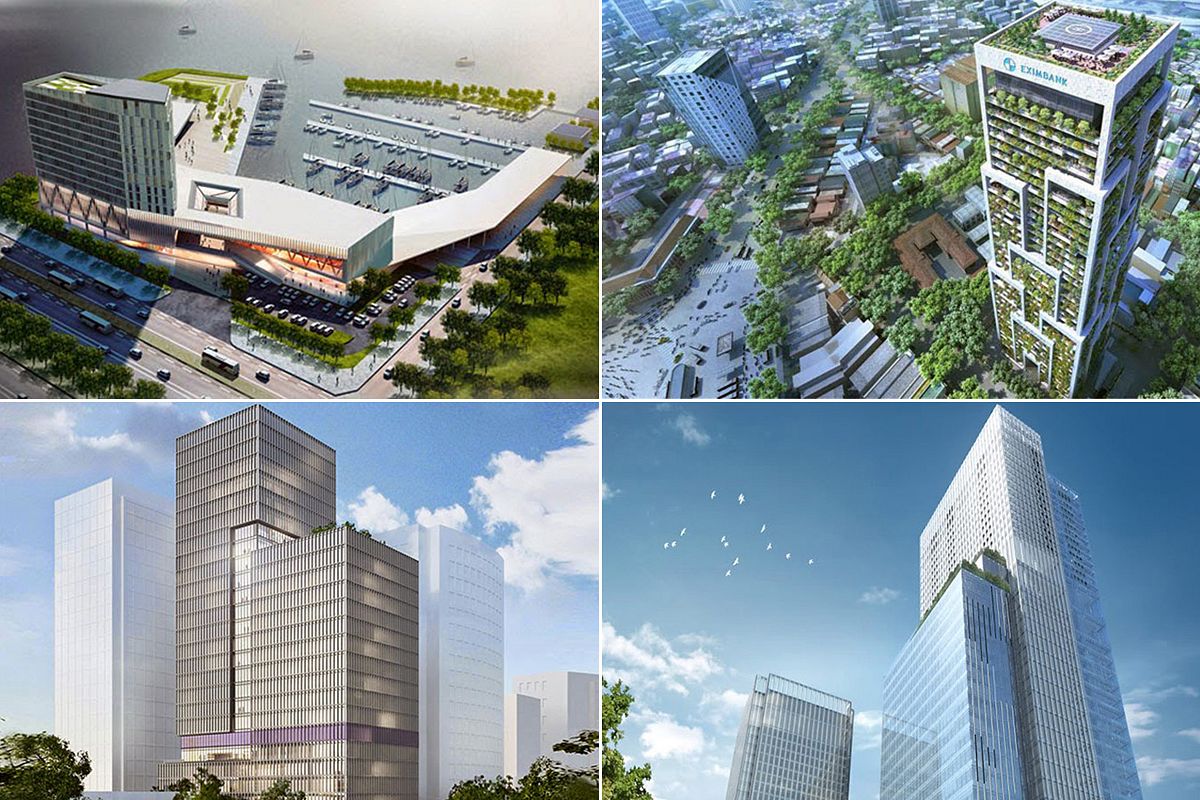While Vietnam frequently looks to NGOs and international organizations to make policy recommendations on topics ranging from the environment to the economy, a Massachusetts Institute of Technology (MIT) professor thinks that Western nations should embrace Saigon's model for sidewalks which to promote community and create economic opportunities.
Annette Kim, Associate Professor of Urban Planning at MIT, told Tuoi Tre that in many countries, sidewalks are overlooked as a space for community building, with many focusing instead on large squares. This Kim said, is a mistake:
“Most planners have focused on grandiose public spaces, such as squares. However, I think the humble sidewalk is more important as a public space where most city dwellers meet and interact with each other every day.
Sidewalks are also spaces that enable many people to make a living, and are thus beneficial to society…The multifunctional sidewalk, just like the concept of mixed land use, is a key factor in creating a vibrant and sustainable urban area, as it is an important public place where a lot of community activities are organized. Sidewalks in the city also teach planners about the time dimension in the planning of public space, which allows flexibility and shared space, especially in crowded cities like HCMC.”
As we all know, Vietnamese are also masters of street commerce, which, according to Kim, constitutes a significant portion of the local economy:
"Many researchers have also pointed out that money generated from the sidewalk economy plays an important part in maintaining social security. Some estimate that the sidewalk economy provides up to 30% of employment and food for the city."
Kim also painted a picture of cooperation between street vendors and businesses, explaining that shops often provide free water, electricity and overnight storage to vendors in return for the extra foot traffic they attract.
Head over to Tuoi Tre for more information about Kim’s research and Saigon’s streets.
[Photo via toehk]














